Podcast: Download
Subscribe: Apple Podcasts | RSS
 As you sit down to read…
As you sit down to read…
Your Messenger beeps.
An email alert shows up next.
A child wails outside.
And your neighbor decides to practice his Conga drums (very loudly) on this bright, sunny morning!
You need to turn on your selective attention.
Now, where’s the remote to that thing?
Spoiler alert: Getting your selective attention to work impeccably is not as simple as pressing a button. But if you are willing to put in the effort, I have some quick and easy ways to help you master the art of concentration.
In this post, I’ll explain how selective attention works and how you can use it to improve your attention abilities.
Here’s what this post will cover:
Ready to get started? Let’s go!
Selective Attention: The What, Where, and How?
Before you can learn how to improve your selective attention, it’s important to understand just what it is.
What Is Selective Attention?
Selective attention is the process of concentrating on certain stimuli in the environment and not on others, according to the American Psychological Association.
This allows you to push all incidental or unnecessary stimuli into the background or to the periphery of your perception, without actually removing the interferences.
So, what is attention, you ask?
In cognitive science, attention is the ability to focus on a particular stimulus, sustaining it and shifting it at will.
There are four types of attention:
1. Divided Attention: Doing more than one task simultaneously.
2. Alternating Attention: Also known as attention switching — where you switch attention between two things.
3. Sustained Attention: Focusing on one thing or activity for a long time.
4. Selective Attention: What if you were able to direct your attention only on your presentation deck – or your novel or your driving – despite all the distractions around you?
That is selective attention.
The amount of selective attention you apply will depend on your capacity to concentrate and the interruptions around you. It can be a conscious or unconscious effort.
In his book The Principles of Psychology, pioneering psychologist William James, famously says:
“Focalization, concentration, of consciousness, is of its essence. It implies withdrawal from some things in order to deal effectively with others and is a condition which has a real opposite in the confused, dazed, scatter-brained state which in French is called distraction, and Zerstreutheit in German.”
Where Do You Use Selective Attention?
Here are some examples of the usage of selective attention ability in everyday life:
- Studying or working with the TV switched on.
- Listening to a podcast on the radio amid noisy traffic.
- Listening only to what the teacher says despite friends talking next to you.
- Reading a book or memorizing from a text book without getting disturbed by the noises in a coffee shop.
- Hearing the cry of your baby even if you are completely engrossed on your laptop.
- Hearing the ambulance siren, and making way for it, even if your attention is on the radio.
How Does Selective Attention Work?
Selective attention in young and older adults is a great example of contextual modulation by the brain and the visual cortex when it faces a cluttered scene (visual, or relating to any of the senses).
Let’s try to understand the neural functions behind selective attention.
Experiments by Basilis Zikopoulos and Helen Barbas of Boston University revealed a pathway from the amygdala to the thalamic reticular nucleus (TRN). The amygdala assesses the physical characteristics and importance of stimuli and relays it to other parts of the brain. TRN is a hub for attentional processing.
Scientist Francis Crick called the TRN an “attentional searchlight” due to its orientation as the primary inhibitor of the sensory thalamus.
More recently, a team of neuroscientists at McGill University led by Julio Martinez-Trujillo also got evidence of a neuron network in the lateral prefrontal cortex of the brain being responsible for visual processing and filtering visual features.
They implanted a multielectrode-array implant (red square) in the lateral prefrontal cortex area (8A) of two macaques. This is where the active neuron network filters visual information and allocates attention, and is resilient to interference.
Source: Neuron
Now that you understand the what, where, and how… let’s look at a few of the models behind selective attention.
A Walk Down History: Selective Attention And Its Theories
Selective attention has been a focus area in the study of experimental psychology. To fully grasp why and how your attention span works, it is important to go through the various theories.
These theories help pinpoint how individuals prioritize and process sensory inputs:
Cherry’s “cocktail party problem”
This was one of the seminal theories on selective attention proposed by cognitive scientist Colin Cherry in 1953. Here, a partygoer listens intently only to his friend in a noisy room filled with conversation and music.
Broadbent’s Filter Model
In his 1958 Filter Model, Donald Broadbent said that a filter (or bottleneck) buffers only the necessary information and blocks or ignores the rest.
Source: Practical Pie
Treisman’s Filter-Attenuation Theory
In 1960, Treisman addressed the fact that unselected information also gets processed by the human brain, but with a lower intensity (a process called attenuation).
These two were bottleneck models. They were also known as early-selection theories.
Late-selection theories of attention entirely dropped the idea of an attentional filter or attenuator.
You can see the difference below:
Source: Berkeley
Anthony Deutsch and Diana Deutsch’s theory
The subjects in their studies analyzed inputs pre-attentively. You pay attention to any information depending on its meaning to your task.
Kahneman’s model
Through his experiments and findings, Kahneman showed that attention is a single mental resource that gets distributed among each task in varying amounts. So at a cocktail party, all your attention would be on friends, but you would respond immediately if someone else called your name.
Next came a few variants to the capacity theories:
Michael Posner’s Spotlight metaphor of attention
During a magician’s performance on stage, all eyes are on him because of the spotlight. You don’t normally look at the rest of the stage (fringe) and the area outside it (margin).
Zoom-Lens metaphor by other scientists
Even if a spotlight weren’t there on the stage, you would still look at the magician, sometimes increasing your visual field to what his support crew is doing.
If you’re interested in learning more about these theories, I recommend tools like Google Scholar to find scholarly literature related to your search.
Next, let’s look at the 4 potential types of selective attention.
Are There Different Types of Selective Attention?
Selective attention can be divided broadly into:
1. Selective Visual Attention: The “spotlight” and “zoom-lens” models of attention describe the idea of selective visual attention, and
2. Selective Auditory Attention: Simply put, this is selective hearing. You focus on a particular sound of your interest despite several other sound stimuli around you.
Nill Lavie and others proposed two other mechanisms of selective attention in their load theory of attention:
1. Perpetual Selection Mechanisms: This happens in a passive or involuntary way when you exclude irrelevant interruptions when there is too much information around you — because your attention capacity is limited.
For example, you’re disinterested in the overload of information in your advanced calculus class and end up doodling in your textbook.
2. Active Attention Control: Here your attentional control rejects interruptions even when you perceive them.
For example, when you work on more than one class assignment at a time, or when you take an open-book advanced calculus test in a noisy school campus.
Is Selective Attention Same As Inattentional Blindness?
Absolutely not!
In inattentional blindness or change blindness, you focus so intently on just one thing you don’t notice anything new that comes into your visual search field.
This can have dangerous effects — especially if it happens while driving a vehicle.
Dichotic listening is a similar aspect of selective attention where you listen to and process different things presented to the two ears.
How Is Selective Attention Related To Arousal?
Selective attention is governed by our arousal level.
Norman CC and others elaborated on Deutsch and Deutsch’s theory that the selection of stimuli depends on the relevance of the sensory input and its strength.
The strength of the input occurs due to the stimulation of any of the sensory systems: visual, auditory, olfactory, or tactile, and is accompanied by arousal.
The connection between selective attention and arousal is circular. An optimum level of arousal causes selective attention based on various aspects of our cognitive capacities and our experiences.
At the same time, our experiences and perceptions of the stimuli also influence our arousal. These stimuli may then increase or decrease arousal, and the cycle continues.
As Nir Eyal points out in Indistractable, you can stop that cycle, however, merely by being more selective about your choices.
The Link Between Selective Attention And Memory
The filter of selective attention saves the human brain from getting overwhelmed with information overload.
It prioritizes what is important for the moment and filters out what is not. It prepares our cognitive processes and actions for each everyday task and in survival.
Selective attention is also closely linked to learning and recall. As is other memory issues, which can be confusing, so make sure to read up on everything you need to erase the confusion around things like explicit memory.
Impact Of Selective Attention On Learning and Memory
Although your cognitive brain gets affected by all your experiences, only a small portion of those experiences are remembered.
Studies have shown that what you encoded using selective attention makes for the strongest memories. This means that you have to first pay attention in order to store what is important to you in your short-term memory and working memory.
Distractors also affect learning and recall.
If there is music playing in the background while you study, your capacity to memorize things goes down a bit.
Music is tied to your associative memory reminding you of things that you had associated the track with. This diverts your attention, making it less likely that you encode what you study.
In effect, the music prevents information from moving from your short-term memory or working memory into your long-term memory.
Why You Must Strengthen Your Selective Attention
If your selective attention is weak, impaired or damaged, you can easily get distracted from your tasks.
If this happens persistently, it can adversely affect your personal, school, or professional life.
Selective attention is often impaired in disorders such as Alzheimer’s disease, schizophrenia, depression, and attention deficit hyperactivity disorder (ADHD).
A specific neural network in the brain is responsible for selective attention. Manipulating the neuronal activity can alter a person’s ability to focus.
This can be used to treat individuals or older adults who get distracted easily or suffer from ADHD, autism, and schizophrenia.
So how can you improve your selective attention?
5 Magnetic Ways to Boost Your Focus & Memory
You can easily strengthen your everyday selective attention – and thereby your focus and recall – using these five magnetic methods.
1. Exercise
Coordinative exercises (those that need coordinated movement of large muscles or muscle-groups) help improve selective attention by pre-activating your cognitive related neuronal networks.
High-Intensity Interval Exercise (HIIE) has been proven to improve selective attention, especially in university students.
They strengthen your body and sharpen your cognitive control at the same time.
When you improve your fitness, your fatigue decreases and your attention span lengthens naturally.
If exercise isn’t in your routine yet, how about adding it in now?
Set aside at least 30 minutes for working out in the morning or evening.
Vary your workouts with running, aerobic exercises, cycling, or any other physical sport that you are interested in. You can also include mind-body exercises like yoga and tai-chi into your routine.
2. Use Focused Attention
In their trials on a few participants, Eduardo Massad and others found that participants were physiologically aroused while doing a Monty Hall Problem (a brain teaser).
This was because the intense decision-making process needed a higher attentional load by the participants.
Paying deliberate attention to your task will let you do it with far more efficiency. Such focused attention on one exercise at a time will lead to better-formed memories and better recall.
Whenever you find the time, participate in activities that demand concentrated attention.
For example, pick the day’s newspaper and engross yourself in sudoku, finding the odd one out, or a crossword puzzle. Or engage in games such as chess, and obstacle courses.
You could even give a TEDx presentation and deliver your speech from memory, as I recently did.
3. Sleep
Sleep and selective attention seem to be polar opposites. But they regulate your awareness by filtering information from your conscious awareness.
In fact, they regulate each other. Sleep is important for you to maintain optimal attention levels. And your need for sleep increases after tasks that engage selective attention.
Sleep also helps in memory consolidation and in reorganizing memories.
Mental fatigue and sleep deprivation can affect your capacity to pay attention, process, and remember information. Sleepless nights can severely impair selective attention.
So snooze for a good 6 to 7 hours every day to wake up sharp and attentive. You will also be more present with whatever you do.
4. Don’t Pay Attention!
Did you read that right?
Yes.
Interestingly, Atsunori Ariga and Alejandro Lleras from the University of Illinois found that repetitive tasks needing prolonged selective attention lead to constant stimulation of the brain.
If it happens continuously, you register it as unimportant and eventually erase it. To prevent this, take short breaks from whatever you are focusing on – including studying for exams – and your attention will last a lot longer.
5. Build Memory Palaces
A Memory Palace is one of the most powerful types of mnemonics.
Here you peg all the information you want to remember in different parts of a familiar place — your home, for instance.
So if you want to remember a history lesson, associate the events of one year to your coffee table, another year to your sofa, and so on. To recall the events in the right order, you simply have to do a mental walk through your home.
In the process, you are forced to pay close attention to each historical event rather than just rehearsing it as it gets etched in your memory.
Practice creating Memory Palaces using the Magnetic Memory Method. Use it to commit everything that’s important to your memory, not allowing any diversions to affect the process.
Paying Attention Matters
Selective attention is needed to perform almost every daily task.
Training yourself to concentrate only on the information you need while averting a sensory overload is an important life skill.
When you combine the power of selective attention with Memory Palaces using the Magnetic Memory Method, you can retain and recall information faster and with superior permanence.
Ready to get started? Sign up for your copy of my free Memory Improvement Kit.
Related Posts
- Focused Attention: 5 Fun Ways To Experience It And Boost Your Memory
Focused attention is needed for remembering information over the long term. Everything from mindfulness meditation…
- How to Memorize Something Fast: 5 Simple And PROVEN Memory Techniques
Wondering how to memorize things fast? Read this post for 5 solid steps you can…
- How to Improve Memory: 18+ Proven Memory Improvement Tips
Do you want to know how to improve memory? This ultimate guide delivers 18 actionable…
- Focus Your Mind: 3 Powerful Concentration Secrets
Want to know how to focus your mind on one thing? This article gives 3…


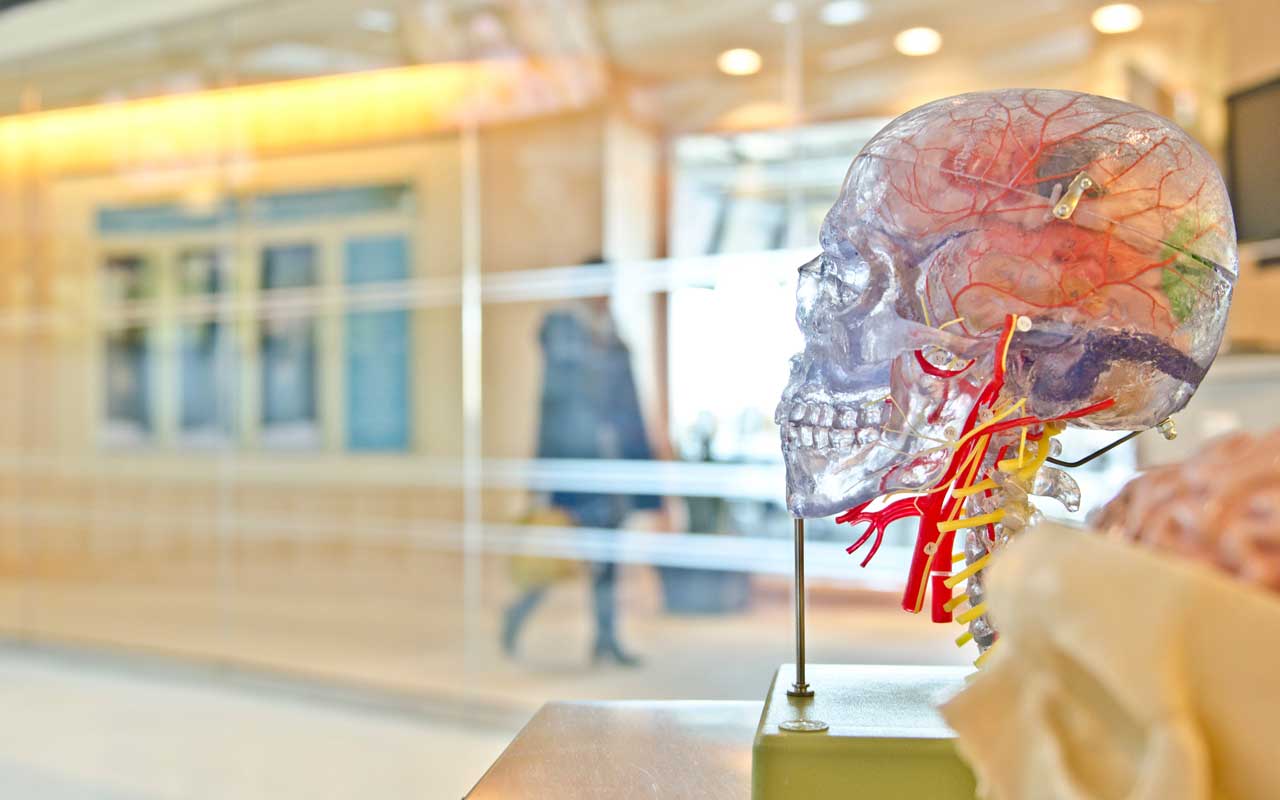
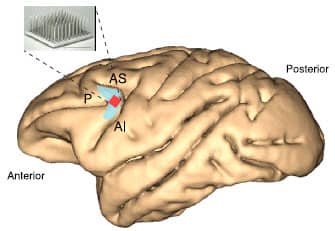
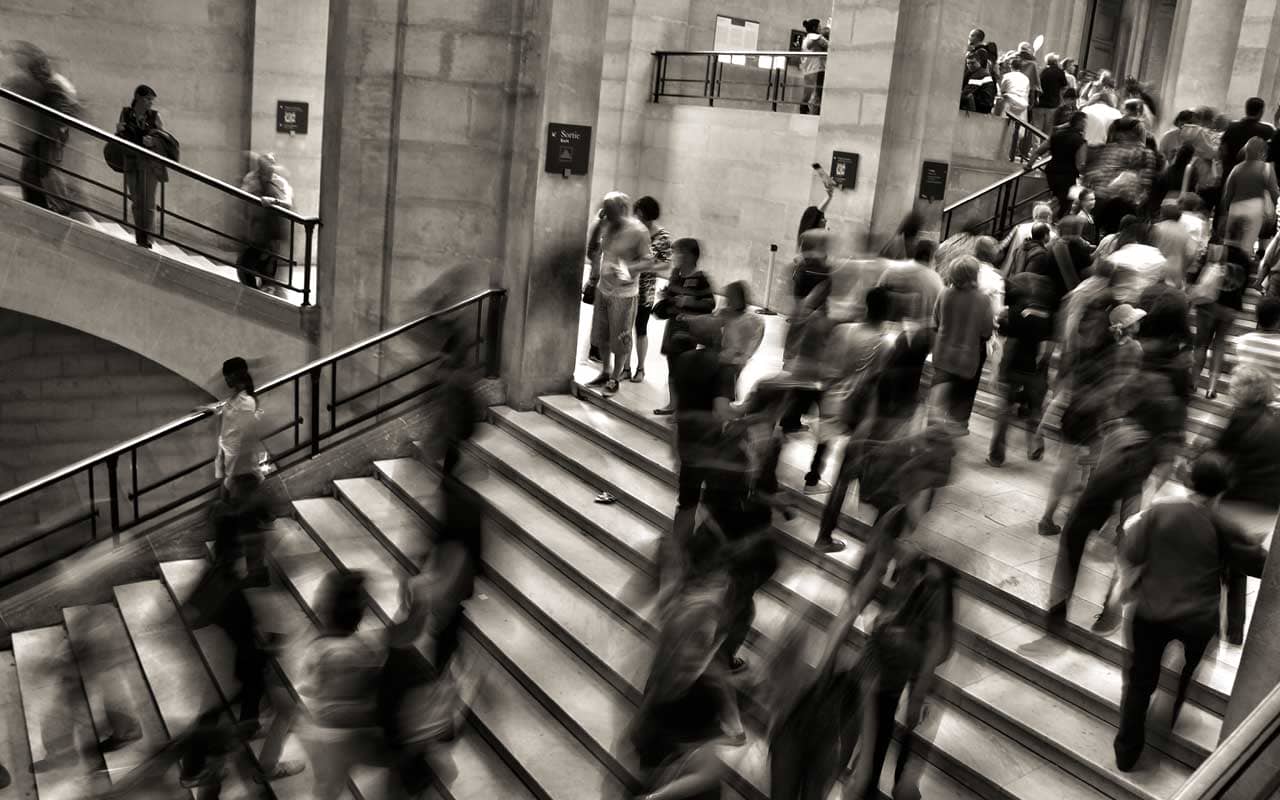
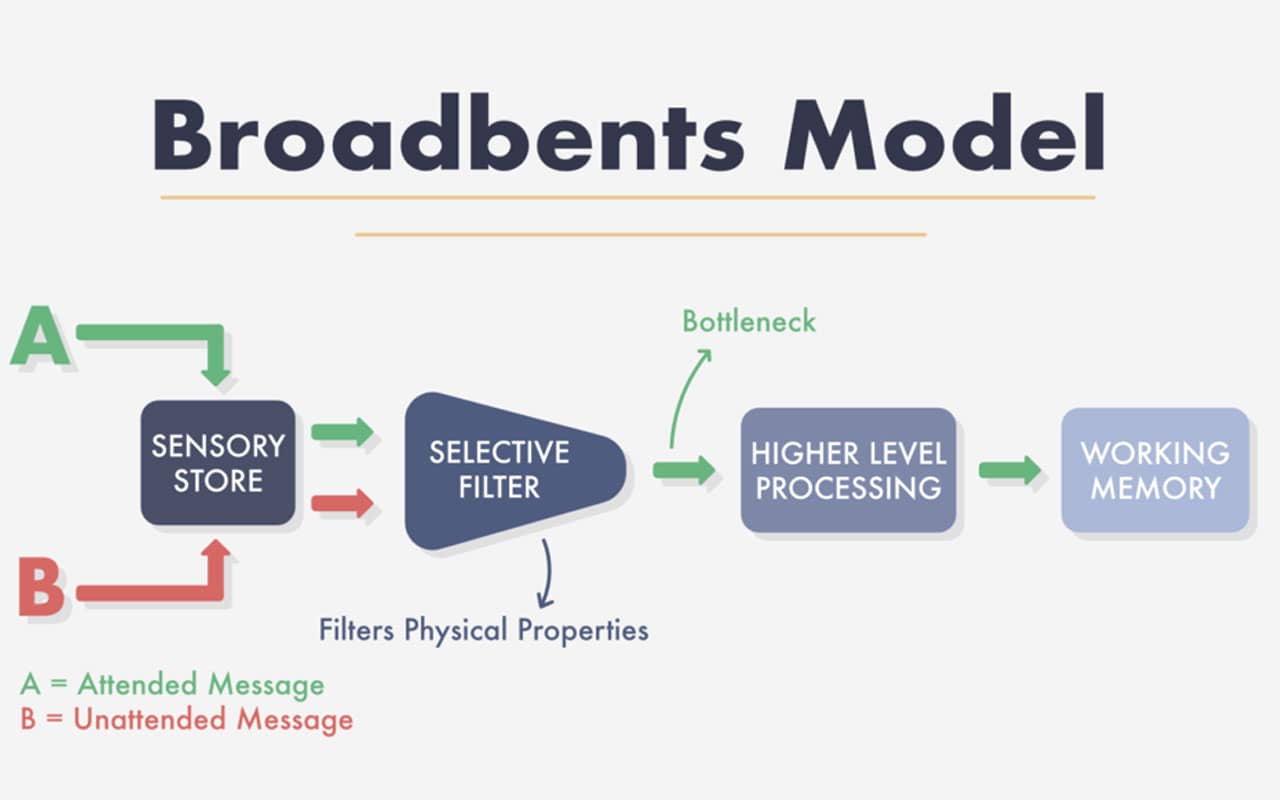
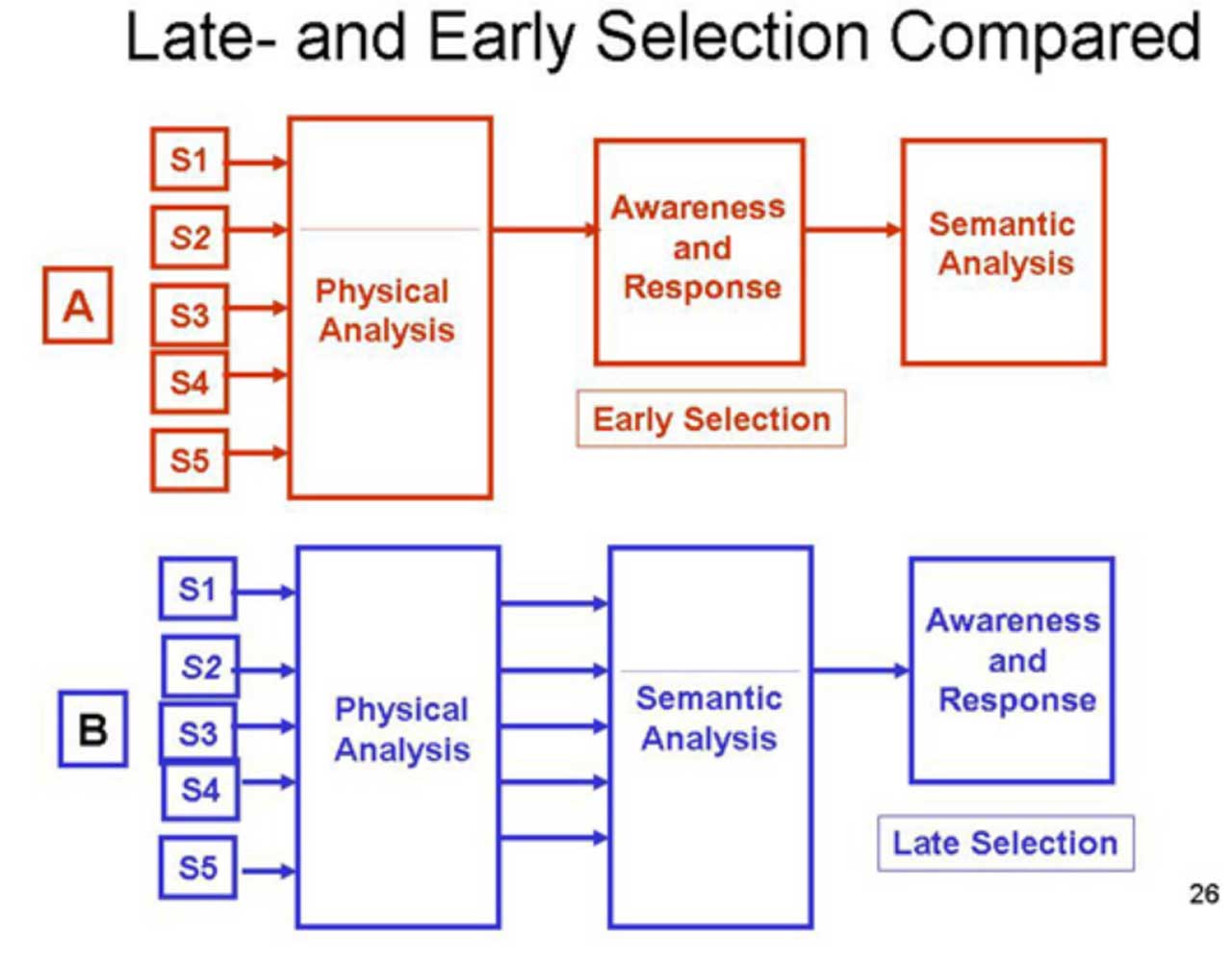





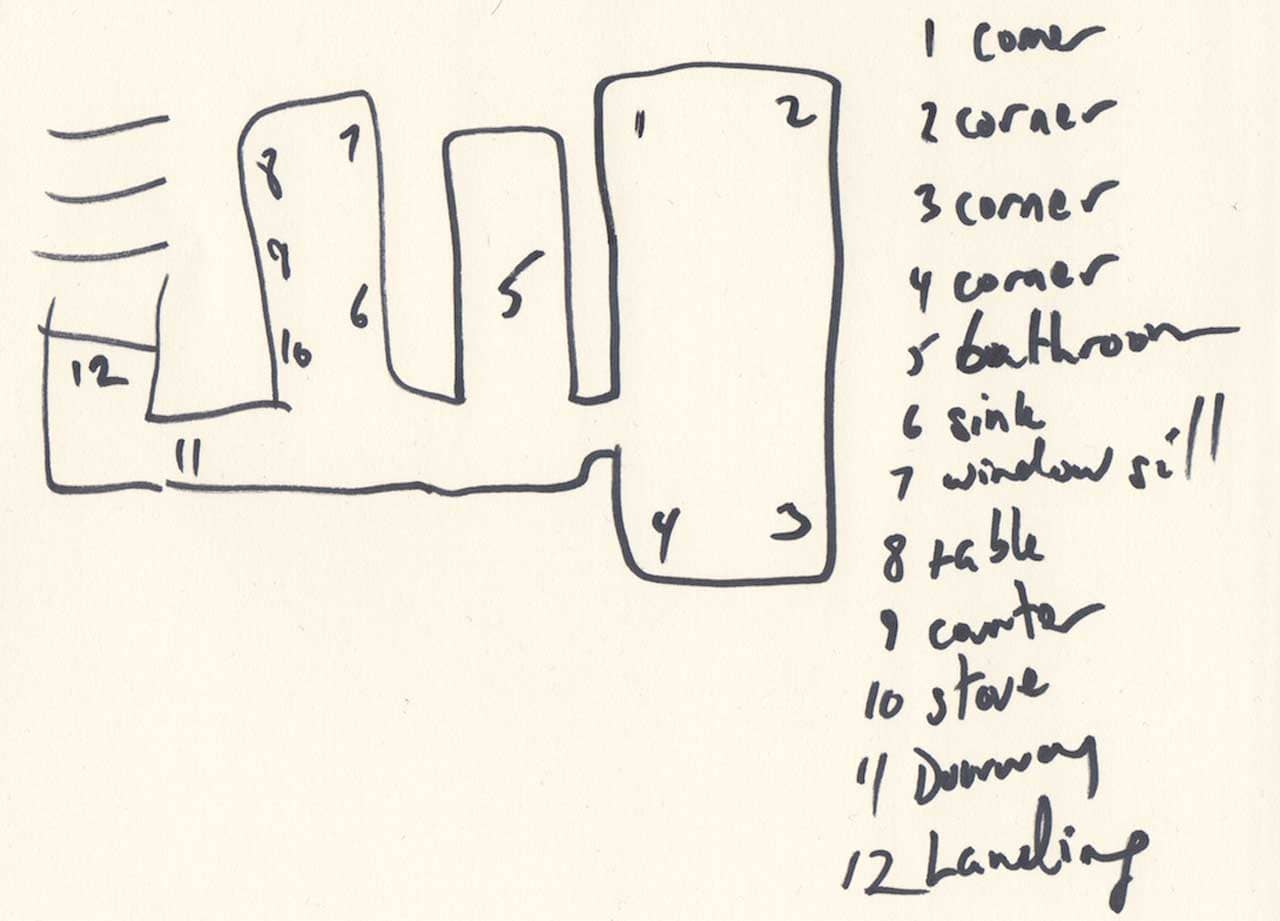



2 Responses
This podcast is very very good.
Thank you, Marlene. I’m glad you found it useful.
Are you currently using memory techniques to help with any particular learning projects?